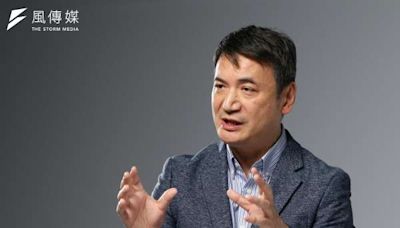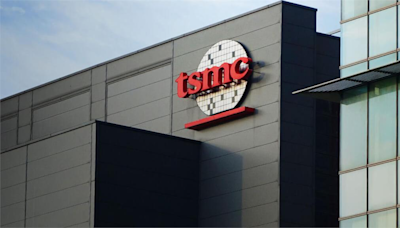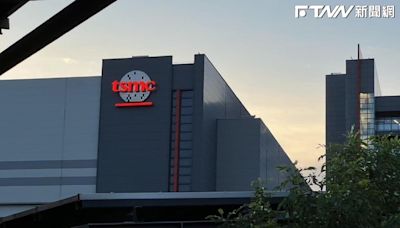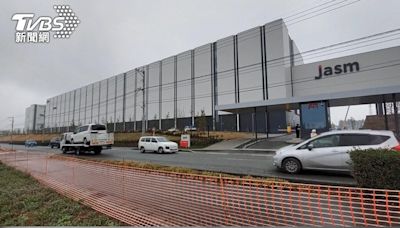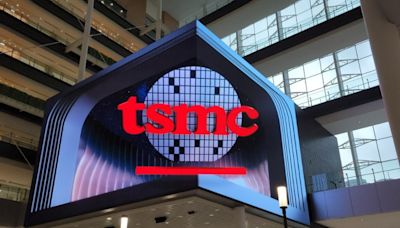搜尋結果
- 802.00+6.00 (+0.75%)2024/05/13 03:14 臺灣股市 將在 5 小時 46 分鐘 期間開市 (報價延遲20分鐘)。
- 昨收796.00開盤803.00委買價802.00委賣價803.00
- 今日價格區間798.00 - 807.0052週價格區間494.50 - 826.00成交量26485 張平均成交量41730 張
- 市值20799.870 億本益比 (最近12個月)23.87營運報告/法說會日期2024-07-18除權除息日2024-06-13
相關股票
Taiwan Semiconductor Manufacturing Company Limited ( TSMC; also called Taiwan Semiconductor) [4] [5] is a Taiwanese multinational semiconductor contract manufacturing and design company. It is the world's second-most valuable semiconductor company, [6] the world's largest dedicated independent ("pure-play") semiconductor foundry, [7] and its ...
This is a list of semiconductor fabrication plants.A semiconductor fabrication plant is where integrated circuits (ICs), also known as microchips, are manufactured.They are either operated by Integrated Device Manufacturers (IDMs) who design and manufacture ICs in-house and may also manufacture designs from design-only (fabless firms), or by pure play foundries who manufacture designs from ...
Best alternative to a negotiated agreement. In negotiation theory, the best alternative to a negotiated agreement or BATNA (no deal option) refers to the most advantageous alternative course of action a party can take if negotiations fail and an agreement cannot be reached. The BATNA could include diverse situations, such as suspension of ...
Simplified Chinese characters are one of two standardized character sets widely used to write the Chinese language, with the other being traditional characters.Their mass standardization during the 20th century was part of an initiative by the People's Republic of China (PRC) to promote literacy, and their use in ordinary circumstances on the mainland has been encouraged by the Chinese ...
YES 933 is a Mandarin Chinese radio station in Singapore. Owned by the state-owned broadcaster Mediacorp, it primarily broadcasts a contemporary hit radio format focusing on Chinese and Korean pop music. It broadcasts on 93.3 FM, is receptable in Singapore and parts of Malaysia and Indonesia, and also streams on Mediacorp's MeListen app.
The tōyō kanji, also known as the tōyō kanjihyō (当用漢字表, "list of kanji for general use") are the result of a reform of the Kanji characters of Chinese origin in the Japanese written language. They were the kanji declared "official", i.e. characters that could be used in official government documents, by the Japanese Ministry of Education (文部省) on November 16, 1946.
Kyōiku kanji (教育漢字, literally "education kanji"), also known as Gakunenbetsu kanji haitōhyō (学年別漢字配当表, literally "list of kanji by school year") is a list of 1,026 kanji and associated readings developed and maintained by the Japanese Ministry of Education that prescribes which kanji, and which readings of kanji, Japanese students should learn from first grade to the ...
